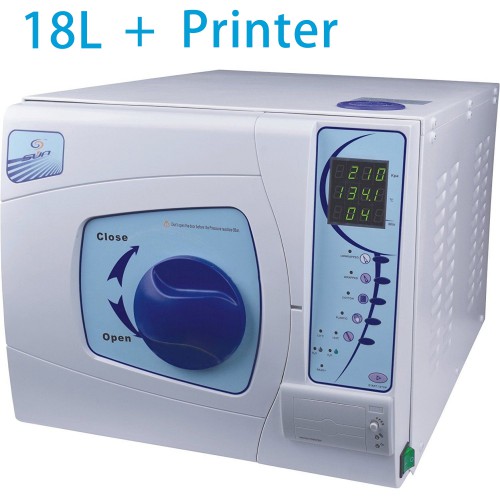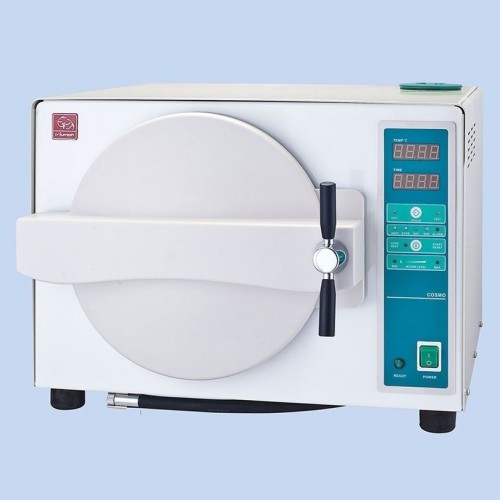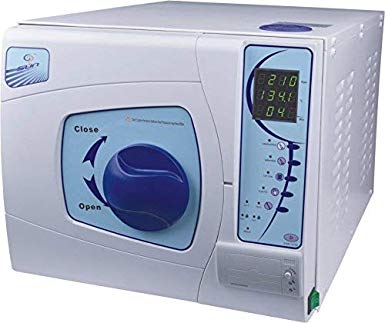As a dentist, dental hygienist, or support staff at a dental clinic, you know that having a reliable, effective autoclave is essential to the smooth operation of the clinic. Also called a steam sterilizer, the autoclave dental is the machine that harnesses the power of high temperature and high-pressure steam in order to sterilize germs on dental equipment, such as forceps, intended for reuse, thus ensuring its safety for the next patient.

Most of the time, the dentist will inquire us to recommend them an autoclave. Today, let’s talk about this topic and hope this article can help you to get the most from your considerable investment.Step 1: Determine which type of autoclave your practice needs. Class B, class S or Class N.There are three different types of the autoclave in the recent market, class B, class S and Class N.
- Measure your longest instrument.
This may seem like a bit of an odd first step, but it will give you an indication of how large you need your autoclave to be. There’s no point in buying a fancy autoclave with all the latest bells and whistles if you can’t fit your instruments in it! - Consider how many instruments in your surgery need sterilisation at any one time.
There is a range of different capacities available when it comes to autoclaves. You may fit everything into a 18L autoclave, or find yourself needing a 22L if your practice often has busy days with a high turnover of patients. - Assess how much time can you afford to give to sterilisation.
Time is money. If you only have a few of each instrument that needs sterilising between patients, you’re going to need an Autoclave with a quick cycle. The Melag Premium Class can have your equipment sterilised in just ten minutes! If you’re able to save your instruments for a full cycle at the end of the day, then you can probably get away with an Autoclave that offers longer 30-minute cycles. - Take into account who will be operating the machine.
Autoclaves come in variations of user friendliness. Some have a sophisticated touch screen while others have a handful of buttons that do the basics. Autoclaves such as the NSK iClavePlus can be hooked up to a printer to keep a record of each sterilisation cycle. The W&H Lisa Very Auto cancels out paper handling altogether and sends the information directly to your computer network. Through the W&H app, it is also possible to check what stage of the cycle the autoclave is at on your mobile device. - Have a backup plan if your autoclave breaks
It’s a no brainer that you can’t use your instruments if they are unable to be sterilised after each patient. So if your autoclave breaks down, your practice may need to shut until it can be fixed. Always have a backup plan in place if these setbacks occur. Call Dental Depot to hire an autoclave while yours is being repaired. They’re experts in quick delivery, installation, and even staff training! Dental Depot ensures that your practice stays in operation despite equipment failures.
As you can see from our flow chart, there are many questions and angles to consider. Replacing a broken autoclave, buying a new autoclave, or adding another autoclave requires research, forethought, and planning. We hope that this post helps you begin the autoclave purchase process, and we wish you continued successful sterilization for a smoothly operating dental clinic.
Four questions you should consider whenchoosing dental autoclave

